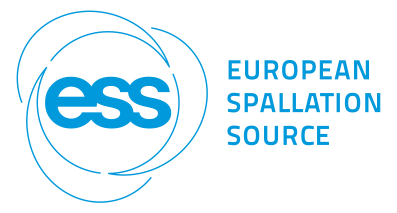Speaker
Description
The aim of a neutron measurement on a sample is usually to obtain information about some material
object that can be used to understand structure or properties. The end-information about a sample
needs to be reliable. Differences in measured data can arise from instrumental effects such as finite
resolution, and the range of wavelengths exploited, the momentum and energy transfer that are
accessible. As a scientific tool, it is important to understand these differences. Commissioning of a
new instrument will require an evaluation of these effects rather than just a verification that raw
data are similar. In this respect, samples that test different aspects are important: these will verify
calibration of intensity and momentum transfer but also need to test resolution, stability, and
background from the sample and the instrument. The talk will illustrate this largely with examples drawn from small-angle scattering.
